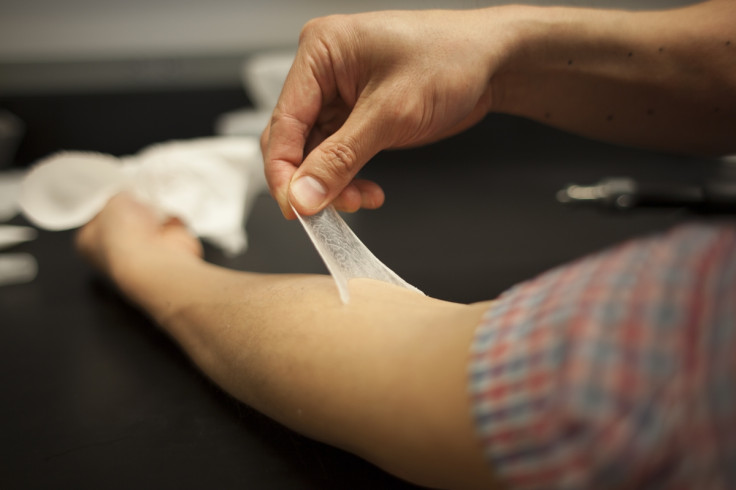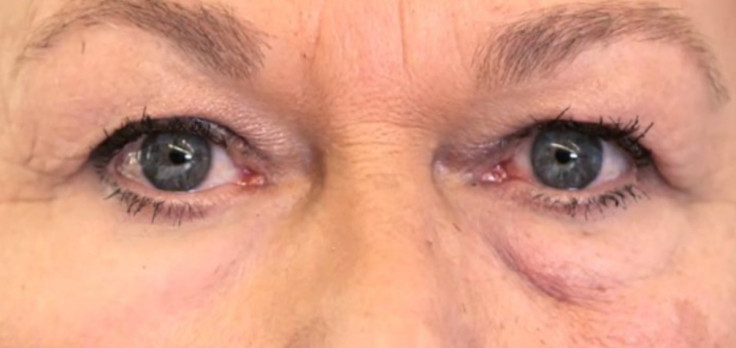Artificial skin that removes wrinkles and restores youth created by scientists

An artificial 'second skin' that reduces the appearance of wrinkles has been created by scientists. The synthetic skin has been shown to restore the youthful appearance of skin by temporarily tightening and protecting it − a discovery that has implications for both the cosmetic industry and the treatment of skin conditions.
Skin becomes less firm and elastic as it ages. This reduces its ability to protect against extreme temperatures, radiation, toxins and injury. Researchers from the Massachusetts Institute of Technology aimed to find a protective coating for skin that could improve its defensive properties.
"Creating a material that behaves like skin is very difficult," said Barbara Gilchrest, a researcher working on the study. "Many people have tried to do this, and the materials that have been available up until this have not had the properties of being flexible, comfortable, non-irritating and able to conform to the movement of the skin and return to its original shape."
They analysed more than 100 different polymers (chains of molecules) to find a material that best matched the properties of natural skin. These materials can be arranged into a pattern, known as a cross-linked polymer layer (XPL). They then tested different polymers to find the material that would best mimic the elasticity, appearance and strength of normal skin.
"It has to be the right optical properties, otherwise it won't look good, and it has to be the right mechanical properties, otherwise it won't have the right strength and it won't perform correctly," said Robert Langer, senior author of the study.
Published in Nature Materials, researchers applied the artificial skin to humans by applying two sets of creams. The first cream contains the polymers, and the second cream contains a catalyst that causes the polymers to form their cross-linked network. Once the second cream has been applied on top of the first cream, the material becomes too stiff to spread and becomes near invisible.
The force of the XPL tightened the skin, reducing the visible appearance of wrinkles. The effect lasted for 24 hours. Tests showed the 'skin' reshaped bags beneath the eyes and increased skin hydration. None of the study participants reported any irritation from the synthetic skin.

The XPL was also applied to forearm skin to test its elasticity. A suction cup was used to pull on the artificial skin, and the scientists found it returned to its original position faster than normal skin.
Researchers at Olivo Laboratories are now focussing on further development of the artificial skin. They plan on finding a way to use the XPL for medical purposes. They believe it can be used to treat skin conditions, including eczema and dermatitis, by delivering drugs straight to the affected area.
They also say it can be used for protection against ultraviolet. "It's an invisible layer that can provide a barrier, provide cosmetic improvement and potentially deliver a drug locally to the area that's being treated," said Daniel Anderson, a researcher working on the study. "Those three things together could really make it ideal for use in humans."
© Copyright IBTimes 2025. All rights reserved.






















